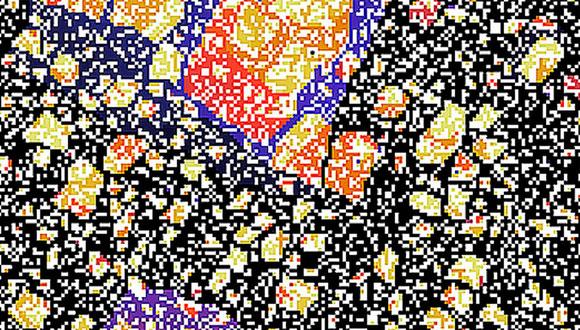Biological & Soft Matter Seminar: From the mesoscale to the nanoscale: colloidal models for biological transport
Dr. Alice Thorneywork, Cambridge University
Zoom: https://zoom.us/j/98218593972
Abstract:
The efficient transport of particles through narrow channels plays a vital role in many complex systems. In biology, for example, correct cellular function relies upon rapid and selective transport of ions, molecules and macromolecules across the cell membrane. At the molecular level, however, it is difficult to probe these processes directly due to the short time- and lengthscales involved and high level of complexity inherent to natural systems. As such, experimental model systems play an important role in furthering our understanding of these ubiquitous transport phenomena. In this talk, I will present results from a colloidal model system designed to explore these details of membrane transport processes. A powerful tool in understanding biological phenomena is to establish the governing energy landscape. However, the direct measurement of this fundamental quantity remains
challenging, particularly in complex systems involving intermediate states. Here, we demonstrate that a purely dynamic measurement of the full first-passage time distribution can be used to uncover quantitative features of an underlying potential energy landscape [1].
To achieve this, we first study the dynamics of colloidal particles in microfluidic channels with potential energy landscapes controlled using holographic optical tweezers. We observe characteristic behaviour of the first-passage time distributions for the system that sensitively reflects the number and depth of intermediate potential minima crossed by the particle. We subsequently consider the dynamics of the chemical ratcheting of a molecule through a nanoscale biological pore [2] and the folding and unfolding of DNA hairpins [3]. Remarkably, the same behaviour of the distributions is observed in all cases, despite their differing length scales, time scales, and interactions, allowing us to identify intermediates in these systems. We thus establish a powerful method for investigating the underlying mechanisms of complex molecular processes.
[1] A. L. Thorneywork et al, Science Advances, 6, eaaz4642, (2020)
[2] Y. Qing et al, Science, 361, 908, (2018)
[3] N. Forns et al, Biophys, J. 100, 1765, (2011)


